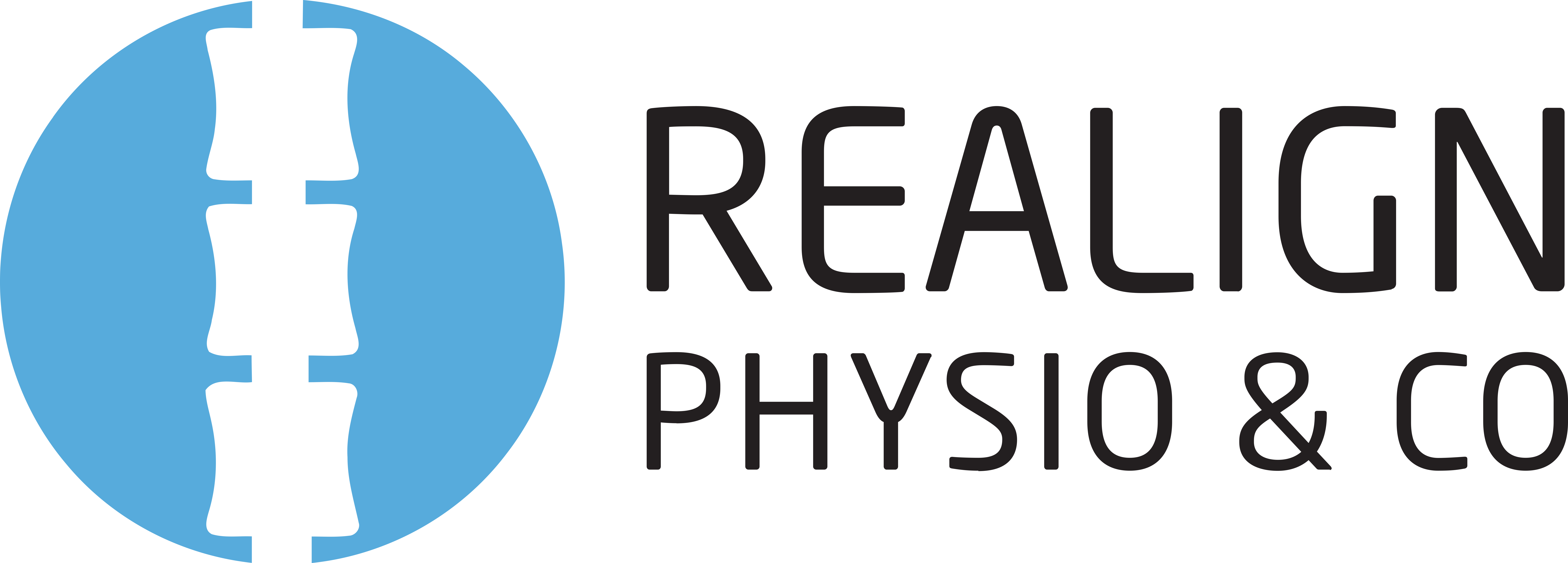What is Tendinopathy?
Tendinopathy is a common sport injury that affects the tendon. Highly associated with an excessive cumulative load to the tendon, can cause pain in the tendon, localised swelling and stop. Tendinopathy is an umbrella term that means tendon pain and dysfunction. It is consider tendinopathy, localised pain on the tendon (i.e. Rotator cuff, Achilles, Patellar tendon) and pain during tasks that load or put stress on the tendon such as running, jumping, or throwing a ball.
Research has shown that inflammation does not drive tendon pain or pathology nor is associated with pain, so, old terms like tendinitis or tendinosis are no longer used.
Common symptoms are:
Morning stiffness, localised pain, pain with activities that load the tendon i.e. squatting, lifting the arm, running, jumping, are characteristics of tendinopathy. It is also a common feature the “warm up phenomena”, it hurts at first, but once you warm up, the pain either reduces or disappears, however it can hurt even more afterwards.
Musculoskeletal and Sport Physiotherapists are the first contact “SPECIALIST” health care practitioner you should go to. We specialise in musculoskeletal and sport related injuries and well trained to help you. You do not need a referral to see a physiotherapist. We can accurately diagnose and treat you. Tendinopathy diagnosis is based on patient’s history and clinical examination, and further investigation is rarely necessary, only for differential diagnosis purposes.
What causes tendinopathy?
Tendinopathy is a load related injury, hence referred to as an overloading injury. This means, you can develop tendinopathy when you exceeded your tendon load capacity during a certain activity or sport. Tendons don’t like surprises, or sudden changes in load. When that happens, you can present with tendinopathy symptoms mentioned above.
Overloading can be either cumulative or sudden (Chronic or Acute).
Cumulative overloading: you suddenly increased your training load and at the end of one or two weeks, the cumulative effect was greater than your tendon capacity and its ability to recover between training sessions.
Acute overloading: you exceeded the tissue (tendon) capacity in ONE session of training, ie. Achilles pain after one intense uphill running session, or a Rotator cuff related pain after moving houses, packing and carrying heavy items or after that intense cricket session.
I read this on Instagram and I think it explains the overloading analogy quite well.
“If someone took 3x the recommended dosage of a medication and experienced side effects, the initial intervention would be to simply adjust the dosage”
What is the most effective treatment?
There are a lot of research out there comparing the effectiveness of different treatment for tendinopathy.
Key things we know from research:
– Rest is NOT the answer for tendinopathy. If you rest, your tendon/muscle will become deconditioned and tolerate even less load.
– Ice, heat etcetera don’t seem to work
– Anti-inflammatories such as ibuprofen or corticosteroid injections do not work, with the latter being detrimental to the tendon structure, as there is no inflammation in tendinopathy.
So what does work?
Exercises to progressively build up your tendon load capacity, increase your tendon fitness level and therefore a stronger tendon.
Load management, understanding where and how you over did it and readjust your training load so you tendon can recover and together with the exercises increase the load capacity in the tendon to tolerate this new change in load you now require.
Tendinopathy is a slow recovery injury and can take at least 3-4 months to get better, and even longer for some patients. You should not give up before 3 or so months of progressive exercise program. This does not mean you will have to see your physio 4x a week for 3 months. Your physio will give you advice regarding load management and a home exercise program to do, and you should give enough time to see results. There are NO QUICK FIX treatments. Stay away from “magical”, “new” treatments, they do not work for tendinopathy.
Dry needling, massage, anti-inflammatory and rest, do not resolve tendinopathy. Instead massaging a tendon or dry needling in the tendon can actually aggravate your pain.
With tendinopathy you need an active treatment. YOU, responsible for your recovery, with the guidance from your physio in managing and progressing load accordingly.
The most effective treatment for tendinopathy is a personalised, progressive loading program and advice regarding exercise progression and how to manage flare ups from you physiotherapist.
Your physio can also work alongside your personal trainer, exercise physiologist, training coach, if you have one, or health professional that is helping your fitness and working on other body parts as well.
Taping can also help you during your recovery, in a few cases.
The progression back to your previous level of exercise should be constant and tailored to your needs.
To inject or not to inject?
Doctors used to inject tendinopathy with corticosteroid for years. Today, with science evolving and more research available, we know that corticosteroid can cause more harm than good in your body. Each case is different and in 99% of the cases you should try a progressive exercise program with your physiotherapist before anything else.
Also, research shows that corticosteroid injections for tendinopathy should be avoided at all costs.
If you have any questions, come and talk to your physio. We can help.
Gabriel Fernandes | APAM | CMP |
Titled Certified Mulligan Practitioner (CMP) | Titled Sports Physiotherapist (SONAFE – BRA) | Member of the APA Sports National Group |
| Mphil Candidate at QUT | Accredited Australian and Brazilian Physiotherapist |
Senior MSK & Sports Physiotherapist.


Recent Comments